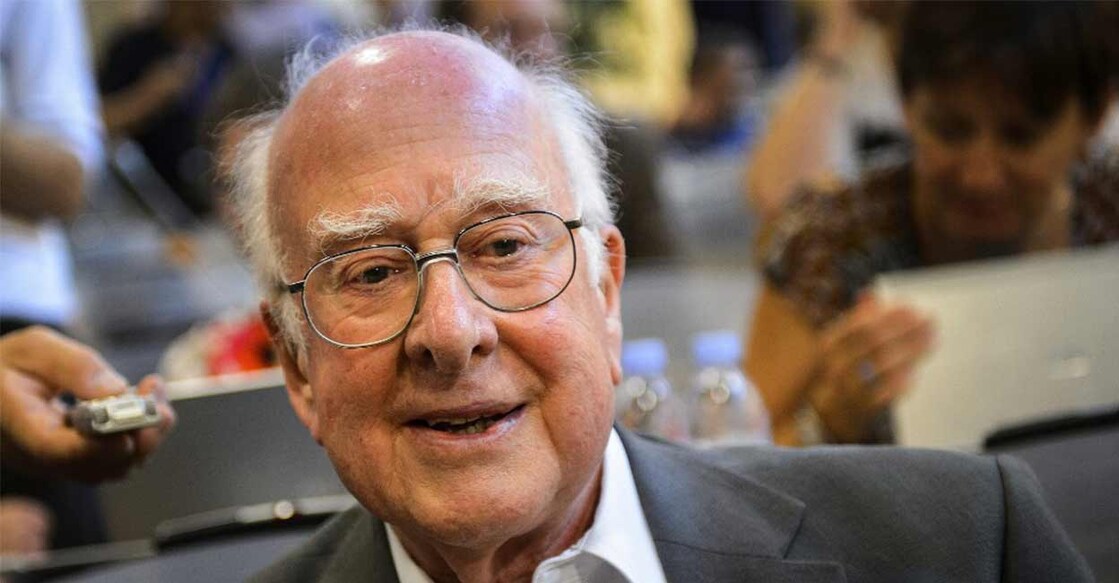Explained | Who was Peter Higgs?

Mail This Article
Nobel Prize-winning British physicist Peter Higgs, who proposed the existence of the Higgs boson particle, has died at age 94.
His 1964 theory of a mass-giving particle became known as the Higgs boson or the “God particle”.
But it would be almost 50 years before the particle’s existence could be confirmed at the Large Hadron Collider.
Higgs won the 2013 Nobel Prize in Physics for his work, alongside Francois Englert of Belgium.
What is the Higgs boson?
• According to modern physics, matter consists of a set of particles that act as building blocks. Between these particles lie forces that are mediated by another set of particles. A fundamental property of the majority of particles is that they have a mass.
• Independently of one another, in 1964 both Peter Higgs and the team of Francois Englert and Robert Brout proposed a theory about the existence of a particle that explains why other particles have a mass.
• Higgs’ work helped scientists understand one of the most fundamental riddles of the universe: how the Big Bang created something out of nothing 13.8 billion years ago. Without mass from the Higgs, particles could not clump together into the matter we interact with every day.
• The theory is a central part of the Standard Model of particle physics that describes how the world is constructed.
• According to the Standard Model, everything, from flowers and people to stars and planets, consists of just a few building blocks: matter particles. These particles are governed by forces mediated by force particles that make sure everything works as it should.
• The entire Standard Model also rests on the existence of a special kind of particle: the Higgs particle. This particle originates from an invisible field that fills up all space. Even when the universe seems empty this field is there.
• Without it, we would not exist, because it is from contact with the field that particles acquire mass. The theory proposed by Englert and Higgs describes this process.
• On July 4, 2012, at the CERN laboratory for particle physics, the theory was confirmed by the discovery of a Higgs particle.
• The collider was designed in large part to find Higgs’ particle. It produced collisions with extraordinarily high energies in order to mimic some of the conditions that were present in the trillionths of seconds after the Big Bang.
• CERN’s particle collider, LHC (Large Hadron Collider), is probably the largest and the most complex machine ever constructed by humans. Two research groups of some 3,000 scientists each, ATLAS and CMS, managed to extract the Higgs particle from billions of particle collisions in the LHC.
• One year later, it won Francois Englert and Peter Higgs the Nobel Prize in Physics for their prediction made decades earlier, together with the late Robert Brout, of a new fundamental field, known as the Higgs field, that pervades the universe, manifests itself as the Higgs boson and gives mass to the elementary particles.




